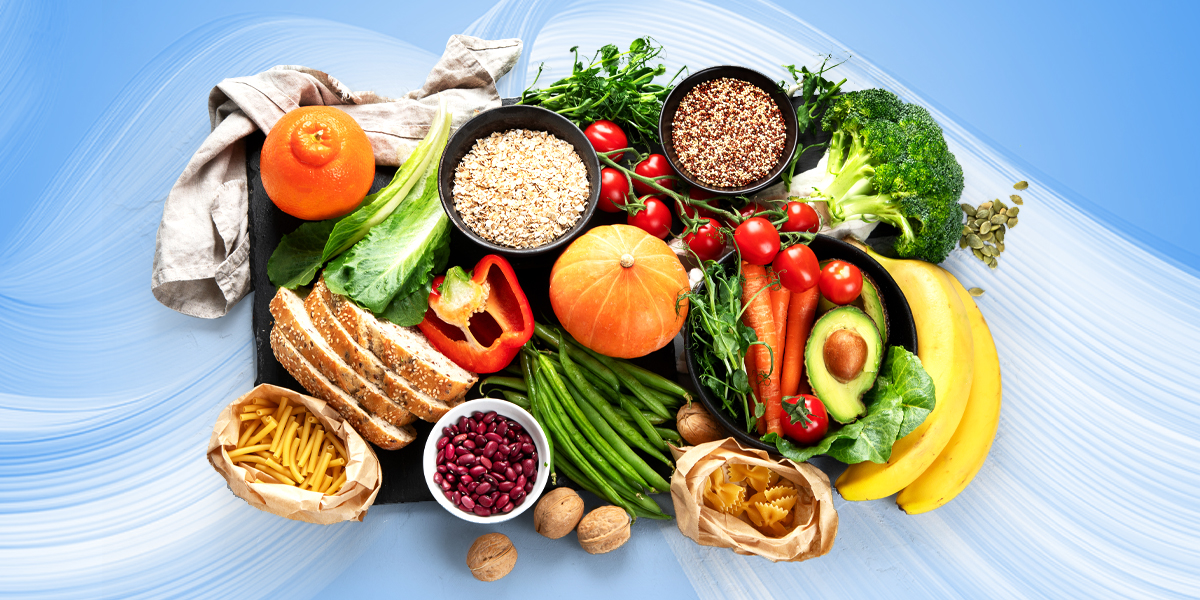Hey there health enthusiasts! Do you know about the earlier overlooked nutrient, that has recently become the star of Gen Z’s wellness scene? Welcome to the era of fibremaxxing, where young adults are boosting their fiber intake for everything from gut health to better skin. Let’s explore what it is, why it matters, and how this trend is changing the way a generation eats.
What is Fibremaxxing?
Fibremaxxing is all about prioritizing high-fiber foods in your diet to improve health. Think of it as optimizing your digestive system. Instead of just adding a few veggies to your plate, fibremaxxing means planning meals around fiber-rich foods like whole grains, legumes, fruits, and vegetables. Some even track grams per meal for extra precision.
Why Gen Z is Obsessed
You might wonder why this generation is suddenly so focused on fiber. Several factors contribute to their enthusiasm:
1. Gut Health Awareness – With the rise of wellness content on TikTok and Instagram, Gen Z knows that a happy gut leads to a happier life. Fiber is key for feeding good gut bacteria, supporting digestion, and keeping the digestive system running smoothly.
2. Preventive Health Mindset – Unlike previous generations, Gen Z takes a proactive approach to long-term health. Fibremaxxing is viewed as a simple step to prevent chronic issues like heart disease, diabetes, and obesity.
3. Aesthetic and Wellness Trends – Videos showcasing daily meals and wellness blogs highlight fiber-rich smoothies, oat bowls, and veggie-packed recipes. It’s not just about feeling good; looking good matters too.
4. Sustainability Factor – Many high-fiber foods, especially plant-based options, are more sustainable. Choosing lentils over meat is not only good for your gut; it also aligns with Gen Z’s eco-conscious values.
How Fibremaxxing Looks in Real Life
Fibremaxxing isn’t just about sprinkling chia seeds here and there. It’s about building your diet around fiber-rich foods. Here’s what a typical day might include:
Breakfast: Overnight oats with berries, flaxseed, and almond butter.
Lunch: Quinoa salad with chickpeas, spinach, avocado, and roasted veggies.
Snack: Apple slices with peanut butter.
Dinner: Lentil curry with brown rice and a side of steamed broccoli.
The goal isn’t restriction; it’s abundance. More plant-based foods, more whole grains, more fiber, more benefits.
The Benefits You’ll Actually Notice
While fiber is well-known for aiding digestion, the advantages of fibremaxxing extend beyond that:
Improved Gut Microbiome: More fiber means healthier gut bacteria.
Better Satiety: Feeling full for longer can assist with weight management.
Heart Health: Soluble fiber helps lower cholesterol levels.
Blood Sugar Regulation: Fiber slows digestion, preventing spikes in blood sugar.
A Few Tips for Getting Started
If you’re interested in fibremaxxing, here are some helpful tips:
1. Gradually Increase Fiber – Sudden increases can lead to bloating and discomfort. Ease into it.
2. Stay Hydrated – Fiber works best when it has water to absorb.
3. Mix Soluble and Insoluble Fiber – Each type plays a different role in digestion.
4. Experiment – Try new grains, beans, and veggies. Make it enjoyable, not a chore.
What Gen Z should include alongside fiber
A balanced diet means pairing fiber with other macronutrients and essentials:
Protein: Lean meats, fish, eggs, legumes, tofu. These help with muscle repair and immune function.
Healthy fats: Avocados, olive oil, nuts, seeds, fatty fish. These support hormones, brain health, and the absorption of fat-soluble vitamins.
Micronutrients: A variety of colorful fruits and vegetables for vitamins, minerals, and antioxidants.
Hydration: At least 2 to 3 liters of water daily to help fiber work effectively.
Fermented foods: Yogurt, kefir, kimchi, sauerkraut. These provide probiotics that complement prebiotic fiber.
The Takeaway
Fibremaxxing isn’t just a trendy hashtag; it’s part of a larger movement toward mindful, proactive wellness. Gen Z is showing that fiber is more than a minor point on nutrition labels; it’s an essential part of health, beauty, and sustainability.
It’s appropriate because it corrects a real nutritional gap in modern diets. But it should be combined with adequate protein, healthy fats, micronutrients, and hydration for long-term health.
So, whether you’re a seasoned plant-based eater or just starting your wellness journey, adding more fiber could be the easiest—and tastiest—upgrade you can make but combine it with other nutrients as well.

